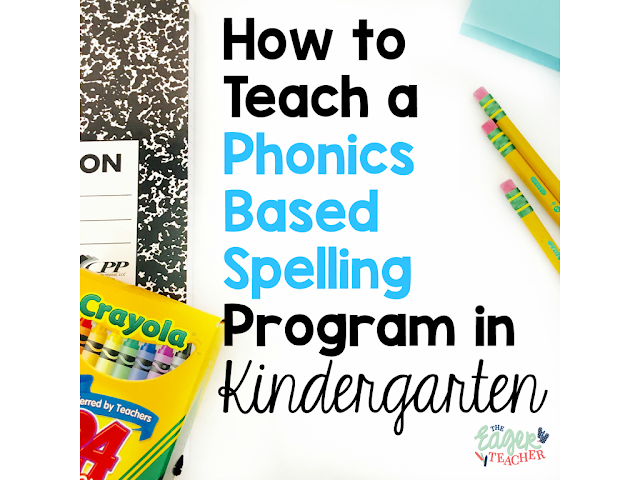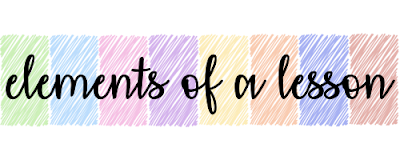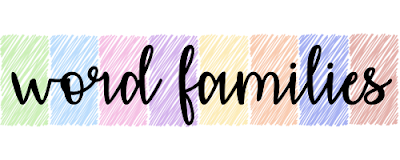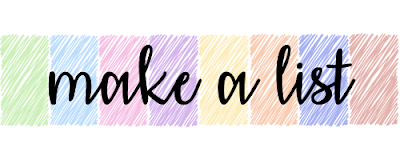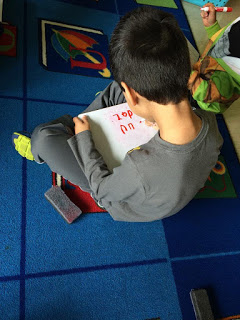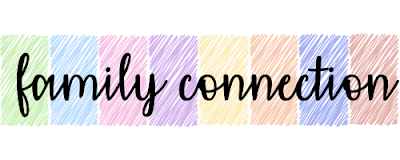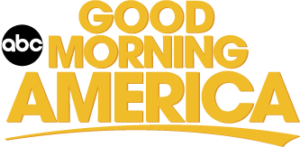Students say the letter’s name and tell what sound it makes.
The ears portion of the lesson is a listen-to-write/auditory activity. Students take out dry-erase boards and erasers for this part.
The teacher says “I say the sound, you say the sounds, then you write it.” The sounds that are dictated are the same letters that the students just saw during the eyes drill.
Example: “c…..a……t. cat.”
Each sound is finger spelled on one finger.
After all sounds have been segmented, students make a fist as they pull their hand across and then say the word they spelled as they close their fist.
p.p1 {margin: 0.0px 0.0px 0.0px 0.0px; font: 10.0px ‘KG Corner of the Sky’; color: #c82506; -webkit-text-stroke: #c82506}
p.p2 {margin: 0.0px 0.0px 0.0px 0.0px; font: 10.0px ‘KG Corner of the Sky’; color: #000000; -webkit-text-stroke: #000000}
span.s1 {font-kerning: none; font-variant-ligatures: no-common-ligatures}
“Go” words are words that students are encouraged to “go ahead and sound it out”. They are words that are spelled phonetically and can be finger spelled. Students take out dry-erase boards and erasers.
p.p1 {margin: 0.0px 0.0px 0.0px 0.0px; font: 10.0px ‘KG Corner of the Sky’; color: #c82506; -webkit-text-stroke: #c82506}
p.p2 {margin: 0.0px 0.0px 0.0px 0.0px; font: 10.0px ‘KG Corner of the Sky’; color: #000000; -webkit-text-stroke: #000000}
span.s1 {font-kerning: none; font-variant-ligatures: no-common-ligatures}
“Stop” words are words that students are encouraged to “stop and think” about what the word is. These are sight words or high-frequency words. Students are encouraged to take a picture of these words with their brain because STOP words are not always able to be sounded out.
Students take out dry-erase boards and erasers.
Teacher says “These are words you can’t always sound out, so you have to stop and think about what the word is. You can take a picture of these words in your brain.” Then say, “I say the word, you say the word, then you write it.”
Students take out dry-erase boards and erasers.
Read Sentences: Teacher models reading the sentence out loud and using finger spelling when needed. Students repeat the sentence.
Write Sentences:
Discuss the important parts of a sentence- uppercase letters at the beginning, spaces between words and punctuation at the end.
Teacher says “I say the sentence, you say the sentence, then you write it.”
Each week I assign a weekly spelling packet for homework on Monday that is due on Friday. It is all aligned with the lesson we did that week. This homework is not time consuming and it prepares the kids for a spelling test on Friday. Not a fan of homework? No problem. This spelling packet can done each day in a center instead!
p.p1 {margin: 0.0px 0.0px 0.0px 0.0px; font: 10.0px ‘KG Corner of the Sky’; color: #000000; -webkit-text-stroke: #000000}
span.s1 {font-kerning: none; font-variant-ligatures: no-common-ligatures}
p.p1 {margin: 0.0px 0.0px 0.0px 0.0px; font: 10.0px ‘KG Corner of the Sky’; color: #000000; -webkit-text-stroke: #000000}
span.s1 {font-kerning: none; font-variant-ligatures: no-common-ligatures}
p.p1 {margin: 0.0px 0.0px 0.0px 0.0px; font: 23.0px ‘KG Corner of the Sky’; color: #000000; -webkit-text-stroke: #000000}
span.s1 {font-kerning: none; font-variant-ligatures: no-common-ligatures}
p.p1 {margin: 0.0px 0.0px 0.0px 0.0px; font: 10.0px ‘KG Corner of the Sky’; color: #c82506; -webkit-text-stroke: #c82506}
p.p2 {margin: 0.0px 0.0px 0.0px 0.0px; font: 10.0px ‘KG Corner of the Sky’; color: #000000; -webkit-text-stroke: #000000}
span.s1 {font-kerning: none; font-variant-ligatures: no-common-ligatures}
p.p1 {margin: 0.0px 0.0px 0.0px 0.0px; font: 10.0px ‘KG Corner of the Sky’; color: #c82506; -webkit-text-stroke: #c82506}
p.p2 {margin: 0.0px 0.0px 0.0px 0.0px; font: 10.0px ‘KG Corner of the Sky’; color: #000000; -webkit-text-stroke: #000000}
span.s1 {font-kerning: none; font-variant-ligatures: no-common-ligatures}
p.p1 {margin: 0.0px 0.0px 0.0px 0.0px; font: 10.0px ‘KG Corner of the Sky’; color: #c82506; -webkit-text-stroke: #c82506}
p.p2 {margin: 0.0px 0.0px 0.0px 0.0px; font: 10.0px ‘KG Corner of the Sky’; color: #000000; -webkit-text-stroke: #000000}
span.s1 {font-kerning: none; font-variant-ligatures: no-common-ligatures}
span.s2 {text-decoration: underline ; font-kerning: none; font-variant-ligatures: no-common-ligatures}
p.p1 {margin: 0.0px 0.0px 0.0px 0.0px; font: 10.0px ‘KG Corner of the Sky’; color: #c82506; -webkit-text-stroke: #c82506}
p.p2 {margin: 0.0px 0.0px 0.0px 0.0px; font: 10.0px ‘KG Corner of the Sky’; color: #000000; -webkit-text-stroke: #000000}
span.s1 {font-kerning: none; font-variant-ligatures: no-common-ligatures}
p.p1 {margin: 0.0px 0.0px 0.0px 0.0px; font: 10.0px ‘KG Corner of the Sky’; color: #000000; -webkit-text-stroke: #000000}
span.s1 {font-kerning: none; font-variant-ligatures: no-common-ligatures}

